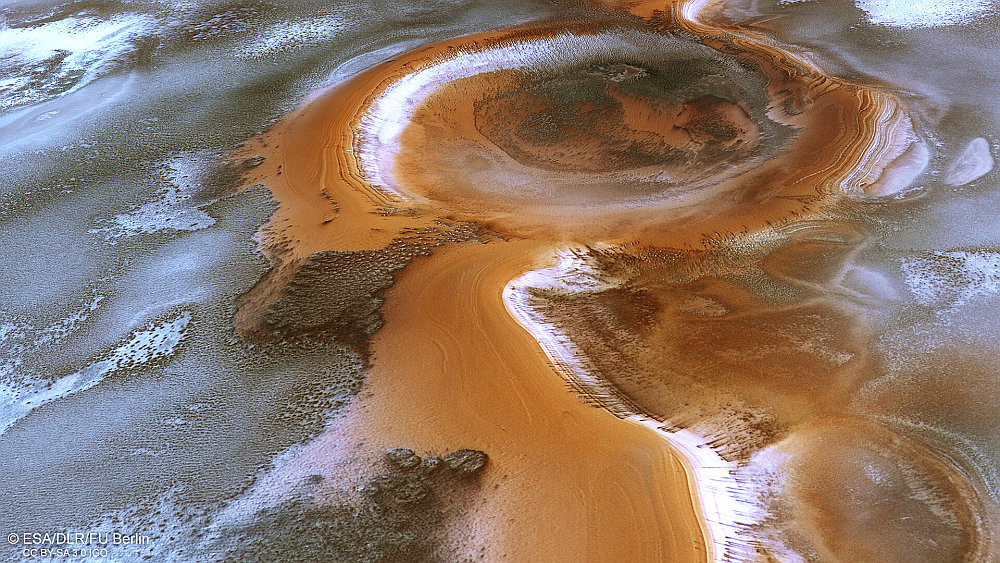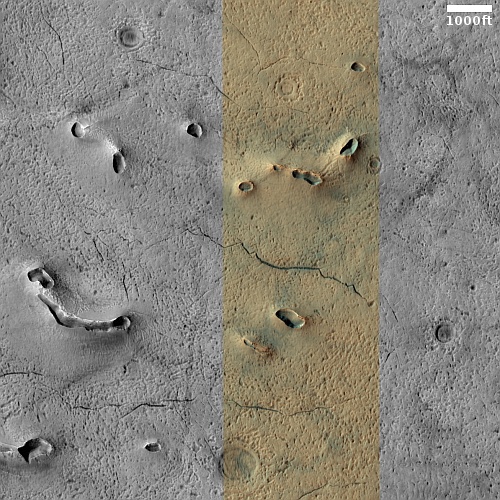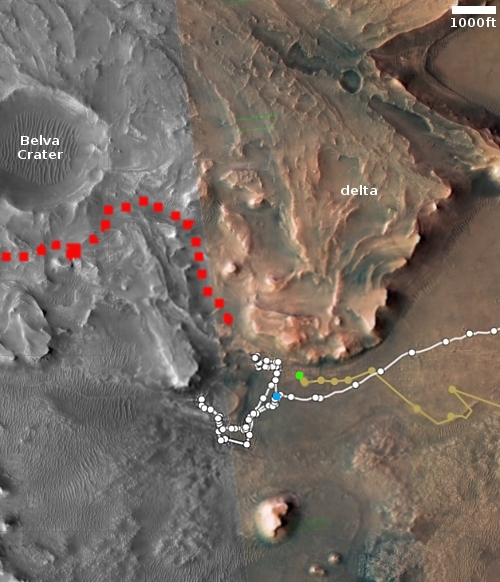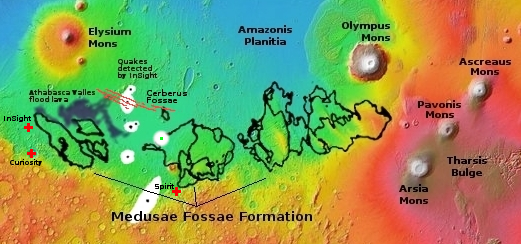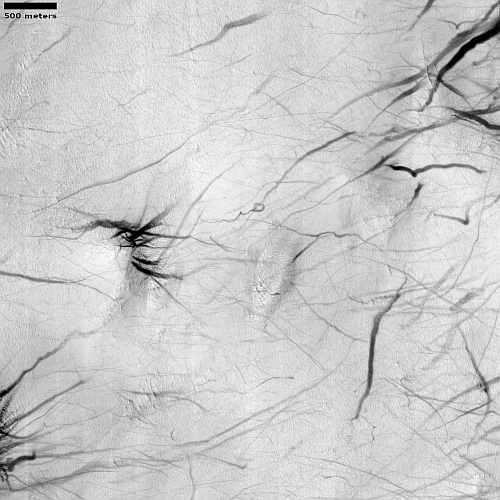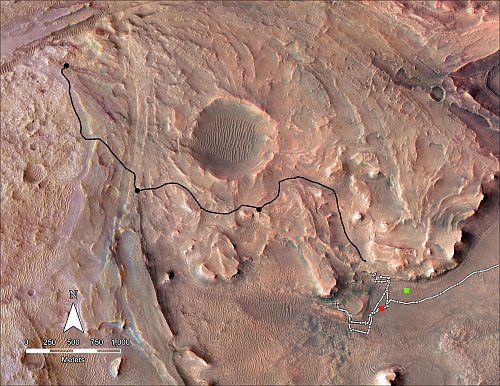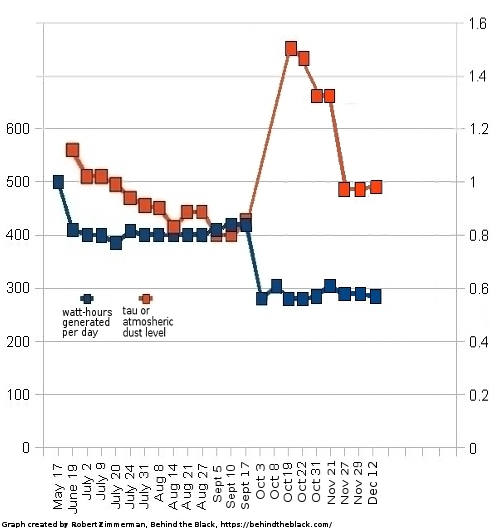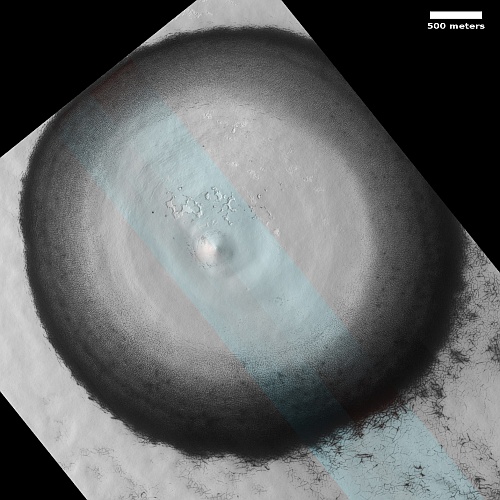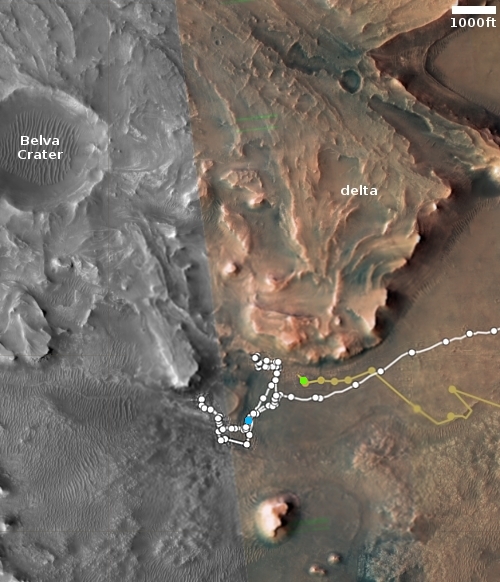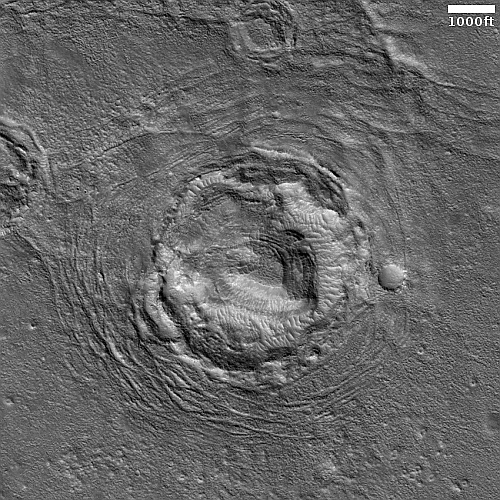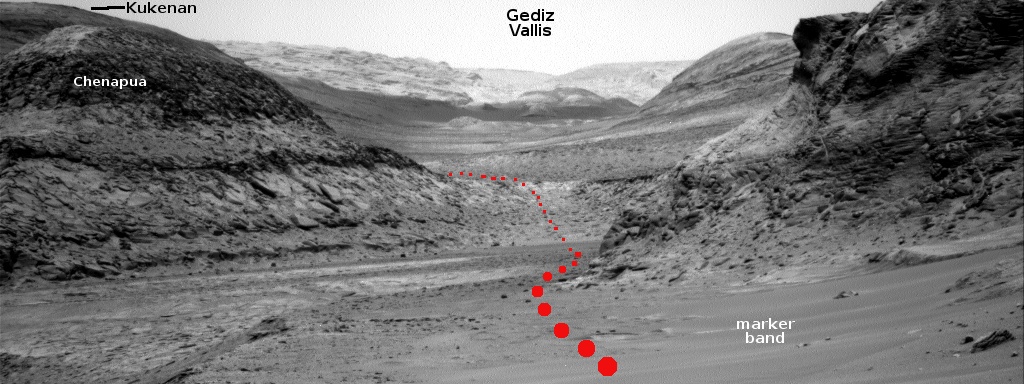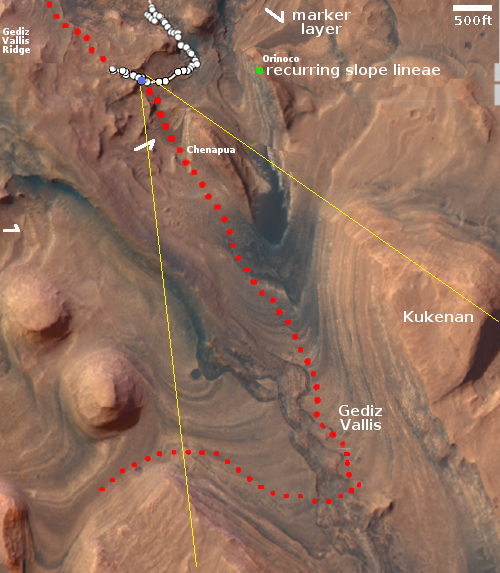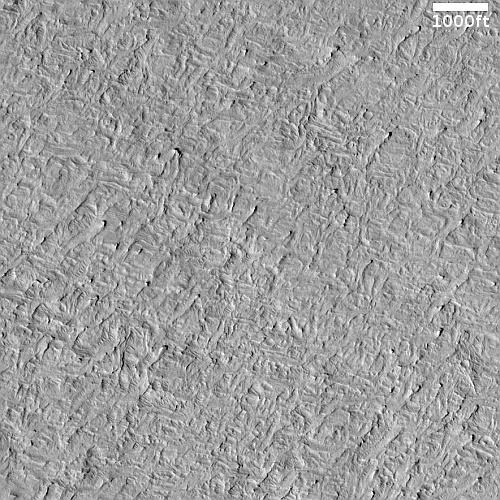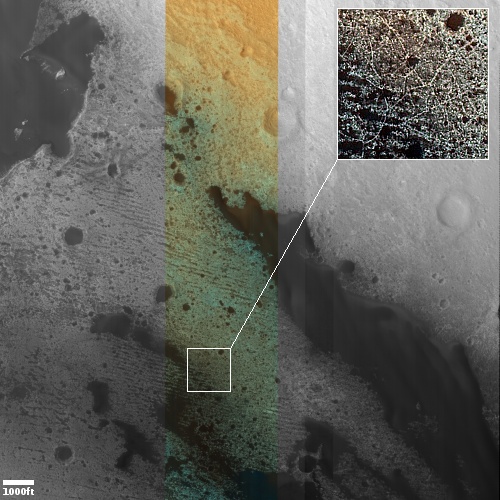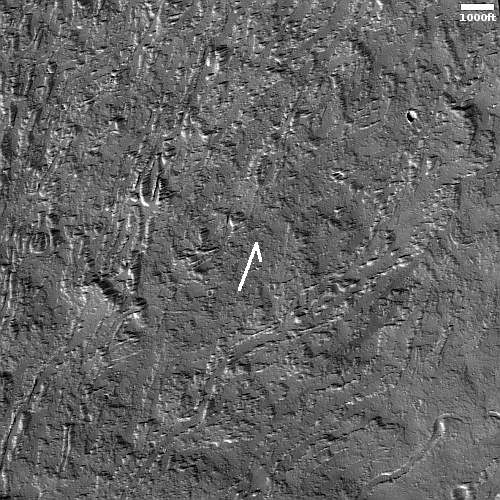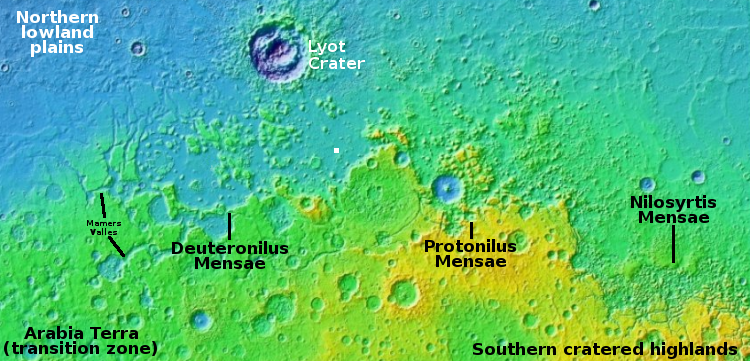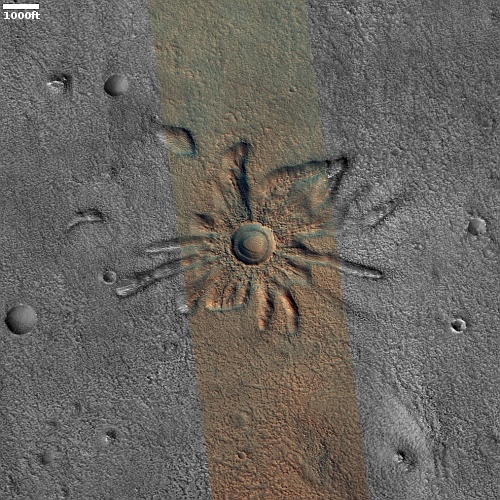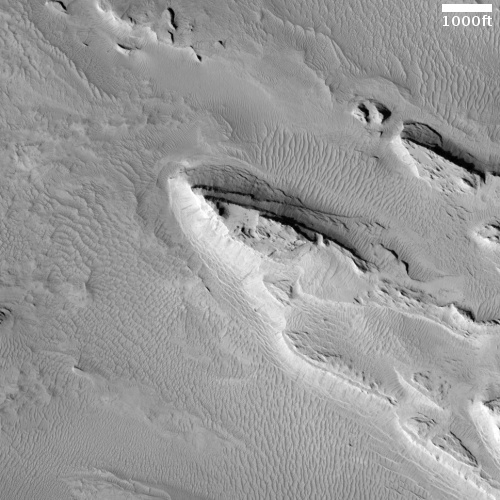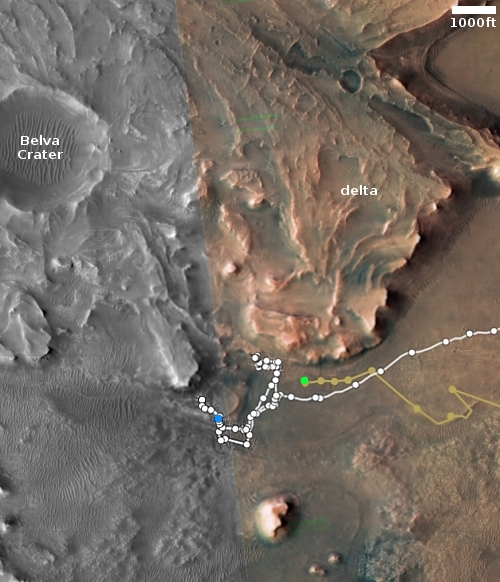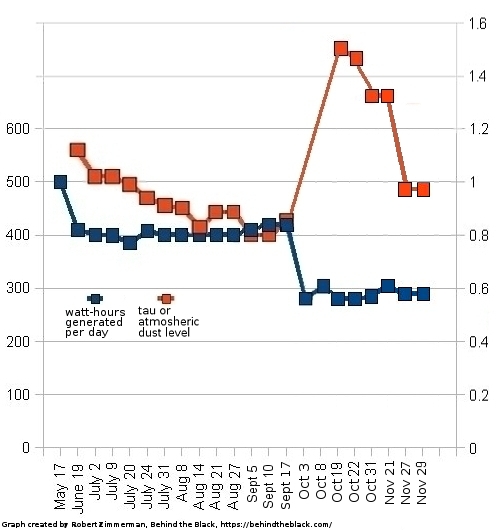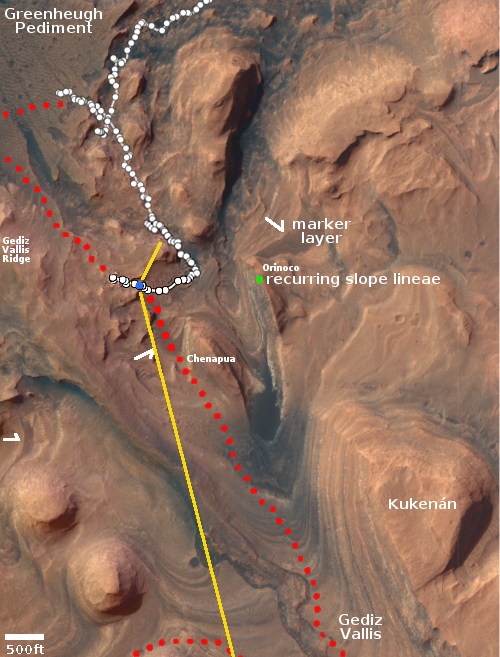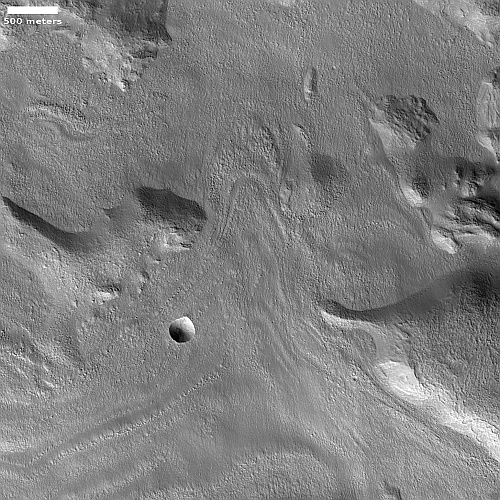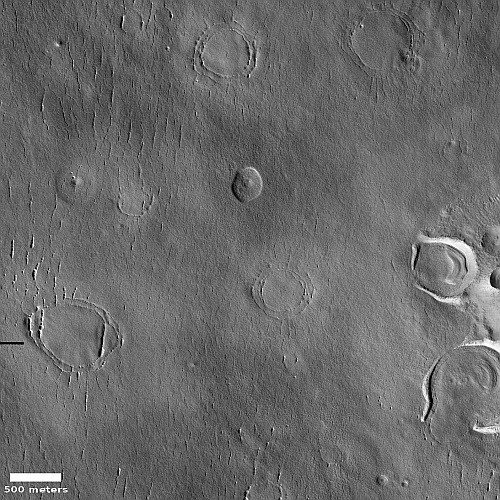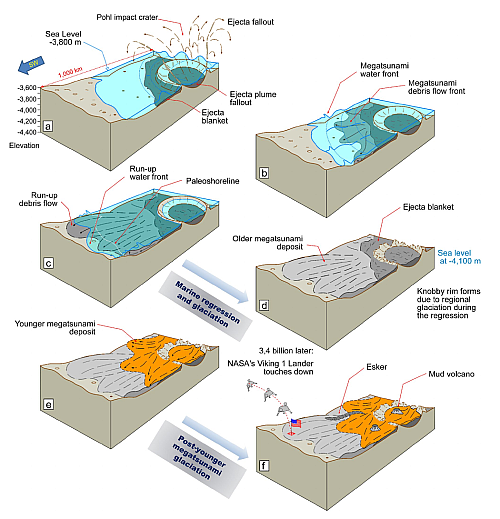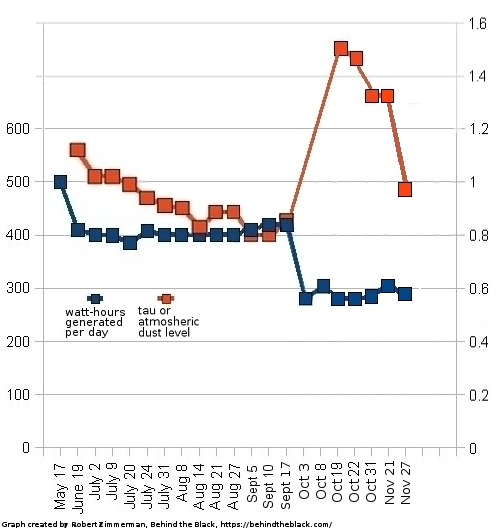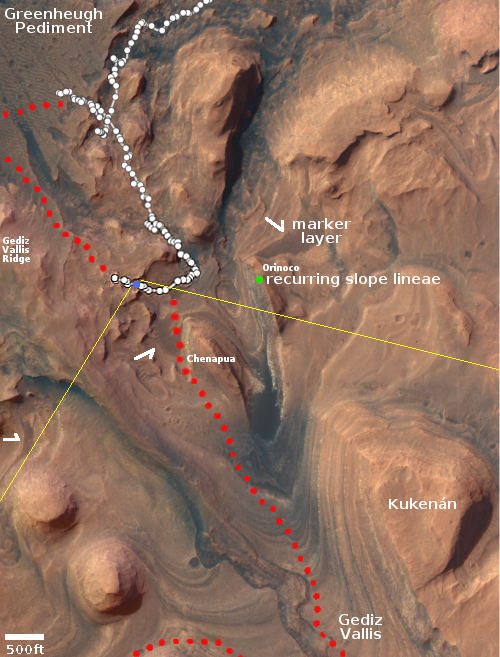Crater at the edge of the Martian south pole ice cap
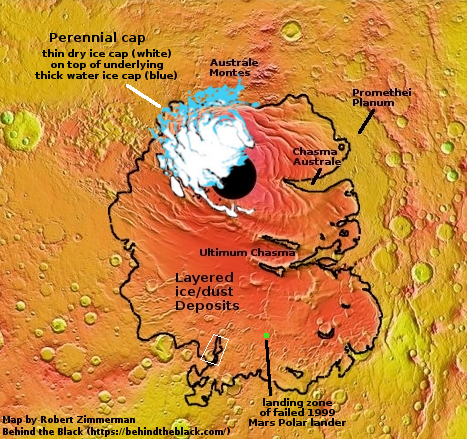
Cool image time! The oblique panorama above, reduced and sharpened to post here, was created from an image taken on May 19, 2022 by the European orbiter Mars Express. Its location on edge of the layered deposits of ice and dust that form most of the Martian southern ice cap is indicated by the white rectangle on the overview map to the right. From the press release:
While it may look like a winter wonderland, it was southern hemisphere spring at the time and ice was starting to retreat. Dark dunes are peeking through the frost and elevated terrain appears ice-free.
Two large impact craters draw the eye, their interiors striped with alternating layers of water-ice and fine sediments. These ‘polar layered deposits’ are also exposed in exquisite detail in the rusty red ridge that connects the two craters.
The scattered white patches are either water frost, or the winter mantle of dry ice, both now sublimating away with the coming of spring.
The black line on the overview map indicates the extent of the layered deposits, and suggest that the ridgeline is not considered part of that ice cap layer, in contradiction to the press release language above.
Which is it? I would guess the answer is simply the uncertainty of science. Some scientists took a look here and decided the ridge was actually a base layer sticking up through the layered deposits. The European scientists who took this picture have instead concluded, based on the image, that the ridge is part of the layer deposits.

Cool image time! The oblique panorama above, reduced and sharpened to post here, was created from an image taken on May 19, 2022 by the European orbiter Mars Express. Its location on edge of the layered deposits of ice and dust that form most of the Martian southern ice cap is indicated by the white rectangle on the overview map to the right. From the press release:
While it may look like a winter wonderland, it was southern hemisphere spring at the time and ice was starting to retreat. Dark dunes are peeking through the frost and elevated terrain appears ice-free.
Two large impact craters draw the eye, their interiors striped with alternating layers of water-ice and fine sediments. These ‘polar layered deposits’ are also exposed in exquisite detail in the rusty red ridge that connects the two craters.
The scattered white patches are either water frost, or the winter mantle of dry ice, both now sublimating away with the coming of spring.
The black line on the overview map indicates the extent of the layered deposits, and suggest that the ridgeline is not considered part of that ice cap layer, in contradiction to the press release language above.
Which is it? I would guess the answer is simply the uncertainty of science. Some scientists took a look here and decided the ridge was actually a base layer sticking up through the layered deposits. The European scientists who took this picture have instead concluded, based on the image, that the ridge is part of the layer deposits.

